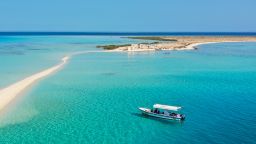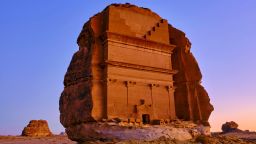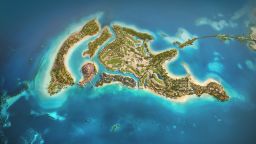Editor’s Note: This CNN Travel series is, or was, sponsored by the country it highlights. CNN retains full editorial control over subject matter, reporting and frequency of the articles and videos within the sponsorship, in compliance with our policy.
Think of road trips and you might automatically imagine motoring along US highways, or roaming country to country through the mountains and vales of Europe.
But it’s also possible in Saudi Arabia and – although some people might believe this would be a dusty, boring experience – it offers a surprisingly varied driving experience, along blacktop and gravel, through stunning deserts, bustling towns and lush oases.
While the kingdom has spent many decades largely off-limits to tourism, recent changes made to make it more accessible mean that the bureaucracy around visitors driving in Saudi Arabia has simplified and the roads are wide open. Both men and women can drive solo or accompanied, whether they are locals or visitors.
One popular road trip for expats and locals alike is the highway through the country’s Eastern Province, which stretches along the Gulf coast and borders Kuwait in the north and Qatar, Bahrain (via an oversea causeway), Oman and the United Arab Emirates in the south.
It’s not prime tourism territory – the Red Sea coast is where major resort developments are underway and is better known as a leisure destination – but that can make the Eastern Province seem even more exciting. And there’s no shortage of sights and experiences to explore.
Here’s what you need to know about taking a road trip in this part of Saudi Arabia:
Renting a car

Getting to the Eastern Province coastline is relatively easy with direct flights from other Mideast destinations to international airports near the coastal city of Dammam and Al Ahsa, about 30 miles (50 kilometers) inland. There are also connections from Riyadh.
Cars can be hired at both airports, with most of the international rental companies represented.
Typically, you will be permitted to drive the rental car abroad if desired, allowing some Gulf-coast country-hopping. But you will need to advise your hire company beforehand, and obtain a permission letter from them to show at the border, together with a valid visa.
Driving in Saudi can be a mixed bag, from super-modern highways to gravel tracks, and you’ll often find your path obscured by sand dunes encroaching on the roads, plus there are long distances between cities.
That means it’s advisable to hire a larger 4WD vehicle that will get you out of potential off-road trouble as well as offering comfort and better views from a slightly higher perch.
Hitting the road
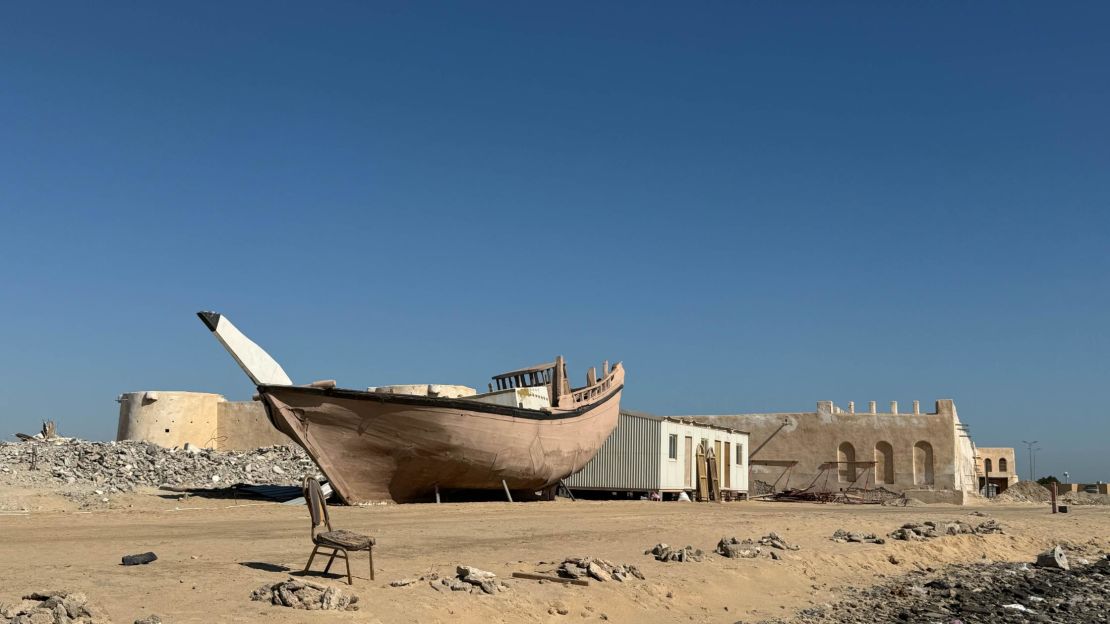
The country’s road network is relatively modern, and connects all the major dots on the map. A main road runs all along the eastern coastline, with a new stretch that opened just this year between Salwa, by the Qatar border, and the Saudi seaport of Al Uqair, joining up previous and somewhat patchy road segments.
Now it’s possible to stay on one road, Highway 5, all the way from the UAE to Kuwait, with plenty of worthwhile stops along the way.
The road is a dual carriageway, crossing a sandy and flat desert, with the sea on the right, if you are driving north. The maximum speed on this road is 120 kmh (75 mph), with radar controls along the way.
While the road – and all the main roads in Saudi – are reasonably well maintained, there is a constant threat of stretches being submerged under sand as desert dunes edge onto the Tarmac. Some stretches lack camel fences, so drivers must always be aware of “ships of the desert” strolling into the road.
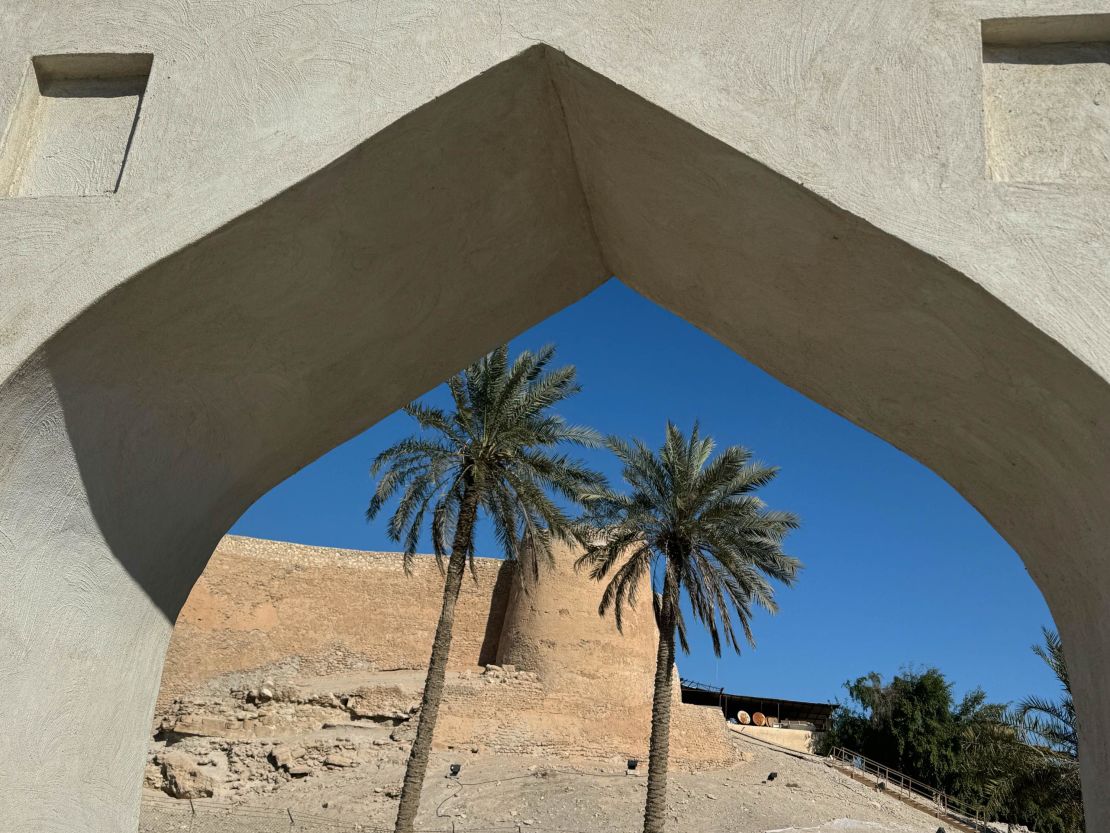
There are regular service stations but drivers should always keep an eye on the tank, as they can sometimes be quite far apart.
Unless you have sufficient experience or are accompanied by someone who knows the ins and outs of off-roading, it’s best to stay on the main road. Driving in sand takes a lot of know-how – deflating the tires to the right pressure, steering and handling manual gears.
Getting stuck in the sand, miles from anywhere, is a real and dangerous possibility.
But if you do have the opportunity to try it with an experienced driver, go for it. It’s an exhilarating experience, and in the Eastern Province there are plenty of fine sand dunes around due to its proximity to Rub al-Khali, or the Empty Quarter, the world’s largest sand desert.
Along the coast
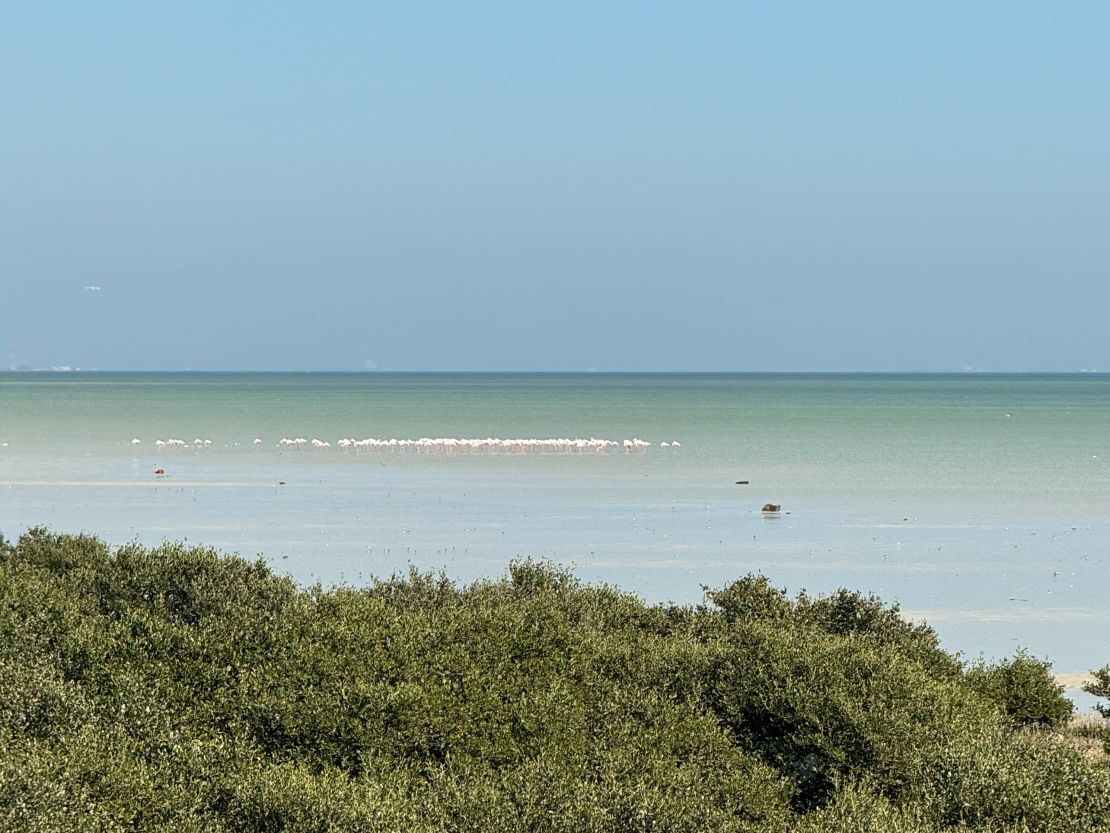
Saudi Arabia’s rich history dates all the way back to pre-historic times. Long a waypoint on important trade routes and for centuries crisscrossed by Bedouin tribes, the entire country is dotted with ancient historic sites that have only in recent years become accessible to international visitors. And the Eastern Province is no exception.
A drive along the coastal road will encounter several fortresses.
Uquair Castle, which sits roughly halfway between Salwa and Al Khobar, near Bahrain, is backdropped by the beautiful turquoise waters of the Gulf. The history of the castle, which is currently closed due to renovation, is a little vague. There are no records as to who built it, but it’s thought to be some 300 years old.
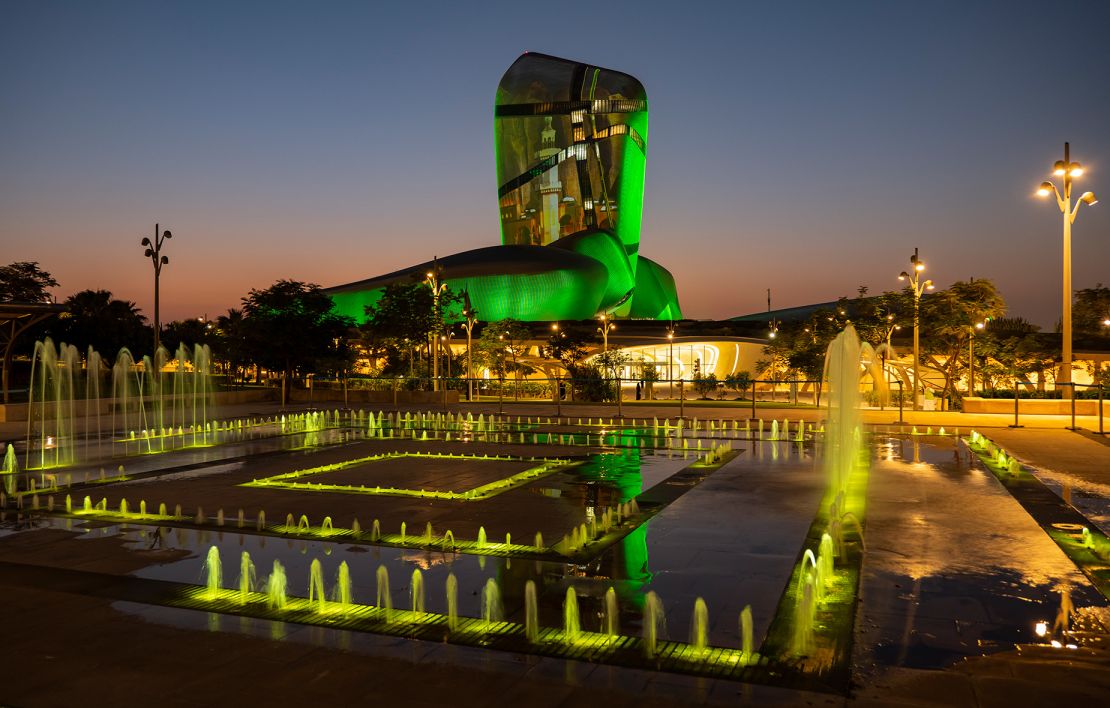
Along the same road, just north of Dammam, the imposing Tarout Castle sits on Tarout Island, accessed via causeway. With inscriptions found dating to the Mesopotamian era, the base of the castle is thought to be roughly 7,000 years old. The castle itself has been rebuilt numerous times over the centuries resulting in a mélange of historical influences.
On the edge of the island, there are mangrove swamps which in winter play host to countless flamingos that add a splash of pink to the turquoise waters.
Dammam itself is a bustling city, an industrial center, and a mix of old and new. There is the popular Love Market, a large night market selling food, souvenirs, clothes, kitchenware and more.
For fans of modern architecture, the King Abdulaziz Center for World Culture in the suburb of Dhahran, designed by Norwegian architectural firm Snøhetta, is a worthwhile stop, while beach and water sport enthusiasts will find plenty of resorts along the stretch of coast south of Al Khobar.
Into the desert
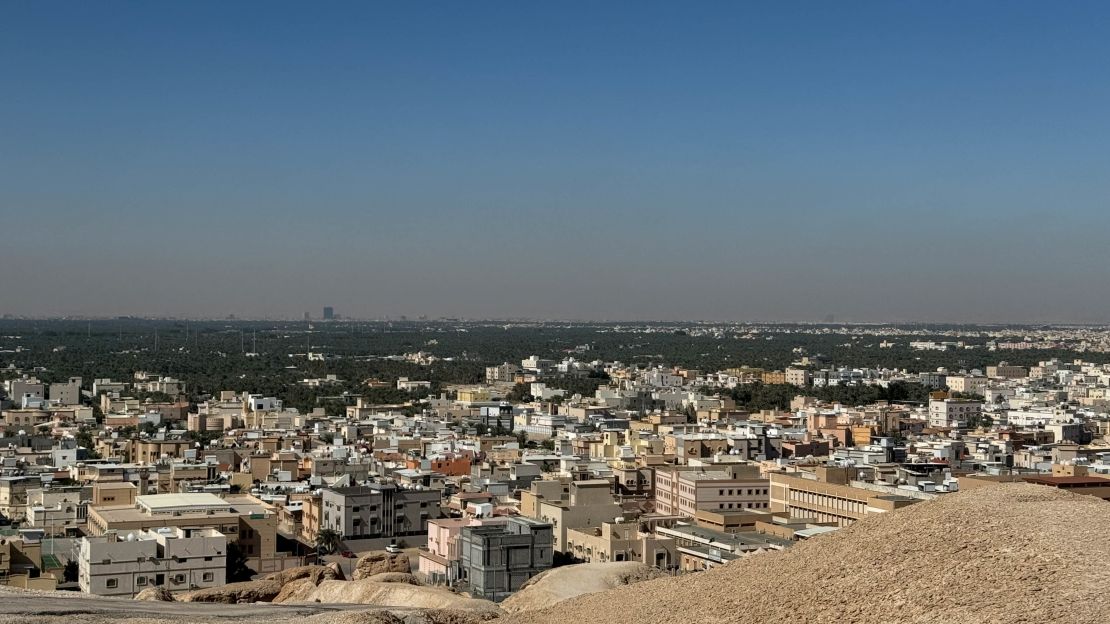
Roughly an hour inland, toward Al Ahsa, lies Al Hofuf, a city that sits within what is described by UNESCO as the world’s largest oasis.
Roughly 3 million palm trees cover the city and smaller surrounding villages. Al Hofuf’s old city center is a great base for exploring the oasis and nearby historic sights.
Must-sees include the Ibrahim Palace, dating back to Ottoman times, and now a museum, and the Qaisariah Souq, which is particularly atmospheric on a Friday night when food stands and numerous musical performances draw the crowds.
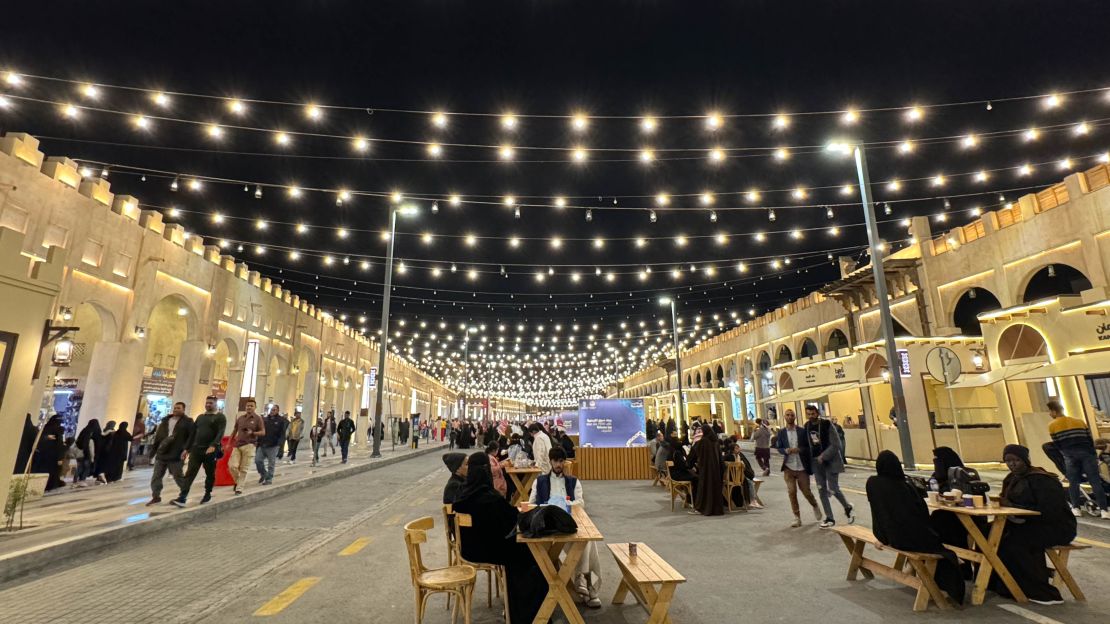
Walking around the alleyways of old Hofuf is like a step back in time, discovering old buildings adorned with modern street art, from King Khaleed Street to Ibrahim Palace.
One of the most astounding sights is the Al Qarah Caves. Not caves in the traditional sense, these are actually an entrance into Al Qarah Mountain, a lone lump of rock rising above the oasis that over time has been eroded by rain and wind to form passages, caves, columns, and secluded canyons, with many places open to the sky.
Made safe and beautifully lit, these caves offer a fascinating way to spend an hour or so.
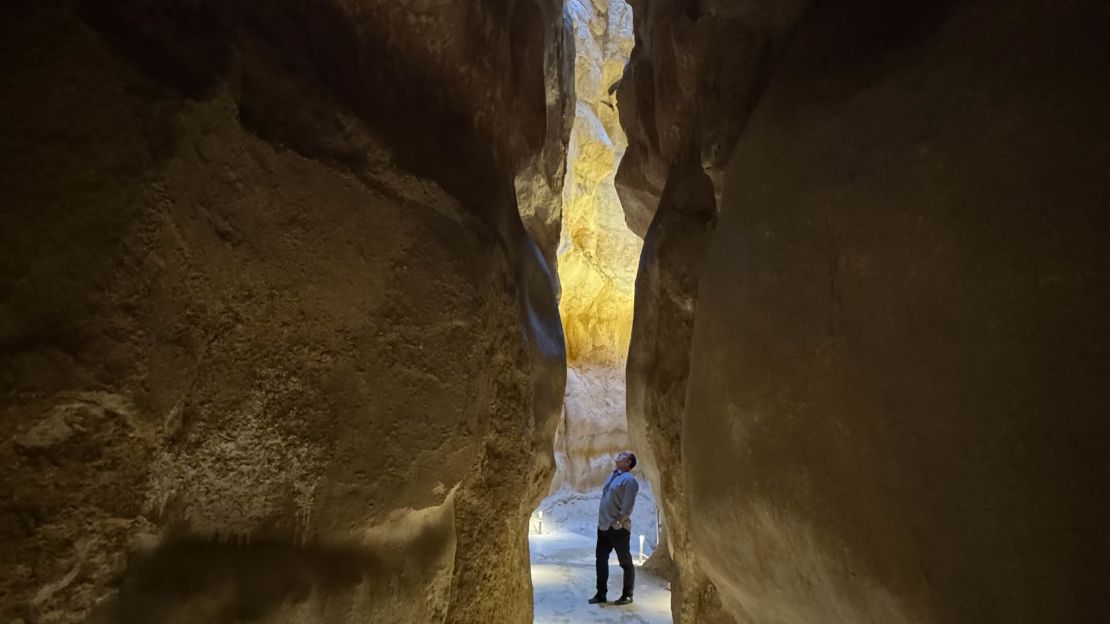
Visitors can climb to the top of the mountain from the other side of the rocks to appreciate the true expanse of the oasis and the numerous farms that make the region one of the world’s largest date producers.
Eastern Province may not be number one on the list of things to see and do in Saudi Arabia, but it would be a shame to overlook it, as it offers great sights between several countries, and a fine and relatively easy introduction into road-tripping in Saudi Arabia.
Just mind those camels.

